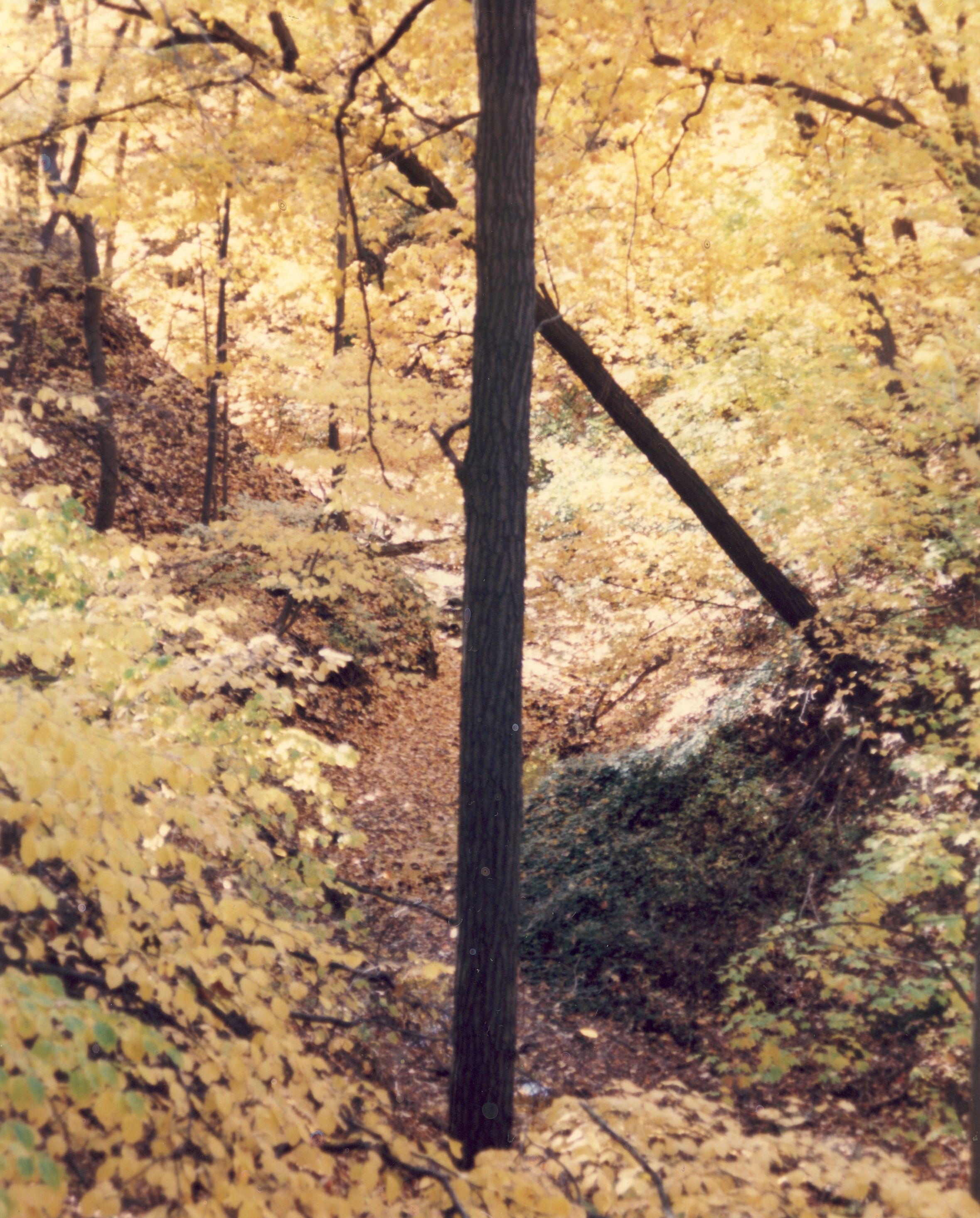Unlike the arid lands left in the Great Plains after the melting of the ice sheets, the northern region of Illinois provided the rich soil, ample water source, and temperate climate that allowed grasses and sedges to take hold as the Laurentide ice sheet melted at the end of the last ice age (c. 11,000 BCE).
The Lake Forest and Lake Bluff landscape shifted to a mix of spruce forest and open grasslands, with dense spruce forests following. It is suspected that pre-ice, the area would have been rich with trees. Buried seeds and seeds carried on the wind helped to repopulate the land.
As the average temperatures climbed following the retreat and complete melting of the ice sheet, spruce trees gave way to a deciduous forest with trees still in the area today: black ash, oak and maple trees. The elm tree also thrived in the warming environment, from 11,000 BCE until the species was all but wiped out in the 1960s with the spread of Dutch Elm Disease.
From Trees to Ice: The Reforestation of the Region, Post-Glacier
Nature By Design
